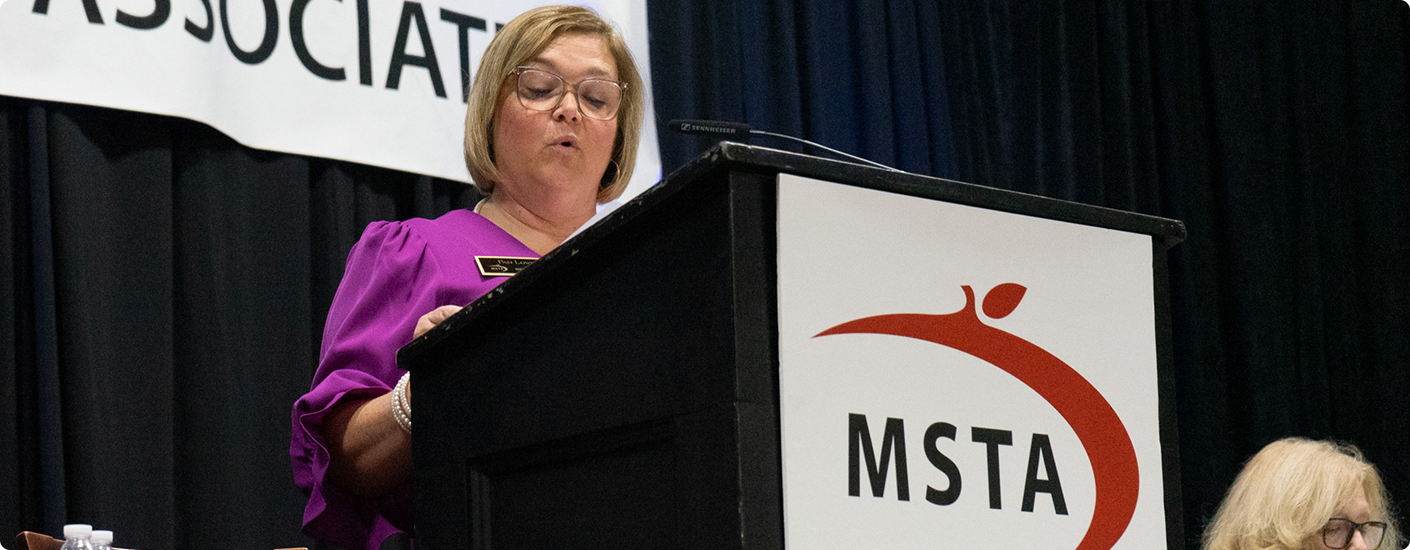Book review: The Art of Teaching Children
Each month, a new book comes out with “cutting edge” ideas surrounding education pedagogy. Most are written like the textbooks that caused us to drift off to sleep during a long college study session. Rarely do we see a book that uses the Trojan horse strategy of providing stories and anecdotes rather than theory to keep the reader simultaneously engaged and learning. The Art of Teaching Children by Phillip Done easily succeeds at providing useful, tested examples without the need to highlight the author’s credentials or expertise. It’s evident from the first chapter that Done (“It rhymes with phone. It is not Mr. Dunn. And - with a half-smile and a half don’t-you-dare-call-me-this expression – it is not Mr. Donut.”) is an expert. Done uses his more than thirty years' experience in the classroom to provide practical ideas and tips that will benefit both new and veteran teachers.
Often, books like The Art of Teaching Children are thin in content and ideas. They are not much more than a quick lunch break read (I’m talking teacher lunch break read, not the kind of lunch break everyone else experiences). Done’s work is extensive. The book is divided into chapters including the children, the classroom, the curriculum, the craft, colleagues, parents, mentors and the challenges. Each chapter has too many smaller sections to mention. Suffice to say, everything seems to be covered.
Done is honest about his experiences and the challenges teachers faces in their classroom. Everyone who has been in the classroom for even a short period of time can attest to the fact that some experiences are more challenging than others, and lunch duty is not fun. Done explains, “Lunch supervision, also known as cafeteria duty, is the bane of most teachers. For teachers, duty can be a four-letter word. If you have to be out from school, you pray it falls on a day when you have lunch duty. I’ve known teachers who begged colleagues to swap (I’ll do your bus duty for a week if you take my lunch.) If I get an Alexa, Amazon’s virtual assistant, I will say, ‘Alexa, do my duty.’”
While Done spent the majority of his career as an elementary school teacher, not all the chapters are geared towards teaching a student in their first school years. All educators will be able to identify with sections that focus on the first day of school, parents, principals and principles and the dreaded back-to-school blues. Any teacher will be able to find ideas and principles that provide new options to consider or reinforce methods that have already been implemented in their classroom.
Done doesn’t shy away from challenging topics in his work. For instance, he tackles the cursive writing debate and makes sound arguments for cursive when he explains, “The advantages of learning handwriting go beyond cognitive ones. Cursive is creative. Some would even call it an art. When children write in longhand, they can express their personal style. When practicing their cursive letters in the air, kids look like they’re conducting an orchestra.” Done also addresses Americans’ lack of geographic literacy. However, rather than focusing only on what we are doing wrong, he provides examples of exercises that teachers can use with their students. Maps without pencils or geography in the car sound simple enough, but the practical application is only evident if there is follow-through with the activities.
The Art of Teaching Children, is a comprehensive collective of ideas and stories that will enhance the skillset of any educator. For that matter, it should also be recommended reading for anyone who has considered the teaching profession as a career or wondered why someone would go into the teaching profession in the first place. Done understand how teachers persevere through the challenges, setbacks and extraneous forces in education that can settle like added weight on the shoulders of a teacher (read the chapter titled Melt and you will see what I mean). He recognizes the importance of education and sees the artistry in what it takes to be a truly gifted classroom teacher, which earned him a recent feature on the TODAY Show.

Phillip Done joined Todd Fuller on episode eight of the MSTA Presents Podcast. The following is an excerpt of their conversation.
We’d like to know why you went into teaching...
Everybody has a story and I assume you do as well?
Well, you're right. Everybody has a story, and I knew I wanted to be a teacher in third grade. I had the greatest third grade teacher. Her name was Ms.Greco. And I wanted to be just like her. I've known since I was eight years old. And I would even come home and play school with my family members and my friends. It's funny because I've talked to a lot of teachers about what brought them into teaching or what called them into teaching. And that is one consistent theme. Elementary school teachers all played school when they were young <laughs>. So it's really a common thread. Ask anybody in a staff room, "Did you play school?” and all the hands will go up. At back to school night, I would always ask parents, "How many of your kids play school?” And I would just smile and say, “You know, your kids will probably end up being teachers one day."
One thing I really enjoy about the Art of Teaching Children is that it's story driven. And if somebody gets the chance to read the book, they'll understand what I mean by that. Did someone tell you, “Phil, you need to write these down,” or did you know that you were going to put this book together over the course of your teaching tenure?
I had written two other books about teaching. My first book was called 32 Third Graders and One Class Bunny and that came out about 20 years ago. Then I wrote another teacher book, Close Encounters of the Third-Grade Kind: Thoughts on Teacherhood. So, when I retired from the classroom about three years ago after 33 years of teaching elementary, I knew I wanted to write another book but I wasn't sure exactly what my spin would be. I thought, “Okay, if I were a teacher today, particularly a new teacher, what would give me the most value? What would be the most beneficial?" And then I realized that I should just write from the perspective of a retired teacher and share everything I have learned over my 33-year career. I knew that I needed to include lots of those classroom stories, the heartwarming ones, and the funny ones and the ones that make you think. Stories are such a good way to illustrate a point and everybody wants stories. I find that fascinating that people who aren't in education really want to peek inside the classroom. I was encouraged in my very early years of teaching by a mentor teacher to jot down some of my stories and I'm so glad I did. And I recommend that for new teachers. Keep a teacher journal. You don't have to write a lot, but when the kids say something cute or charming or funny, just make a little note of it. I have a friend who calls her teacher journal her “Why Journal” because it reminds her of why she went into teaching.
Can you tell us a little bit about “melt moments?”
The chapter “Melt” refers to melt moments and any teacher will absolutely understand what I'm saying and it will resonate with them. I always say that teachers don't make the big money, of course, and we don't get the stock options and we don't get the bonuses or the company cars, but the rewards we do get are melt moments. These are the moments that absolutely make your job so worthwhile and fulfilling. They're the moments when you're interacting with the child and you just have this heartwarming precious little interaction. So let me give you one. This happened in my last year of teaching - I had a darling student named Gabby. I was teaching third grade and Gabby was the type of student who just absolutely loved all of her teachers. She had no problem telling them how much she loved them and would leave little notes around my room all the time on sticky notes saying, “I love you Mr. Done, but clean your desk,” and stuff like that. I mean, she just had no problem saying she loved me. So, one day we're in class and I'm working at a table with some kids and Gabby is with her little friend up at the whiteboard doing some work. I turned to the board and there are huge black letters on the whiteboard that say “We love you, Mr. Done.” I thought, “Oh, that's lovely,” and I thanked Gabby, but then I needed to use the board. I started erasing and it wouldn't come off. I realized immediately that she had used a permanent marker. So I turned her and I said, “Gabby, you know, thank you so much but, honey, you used the permanent marker.” This little girl, without missing a beat, said, “Then our love for you will last forever.” I just melted.
To listen to the full MSTA Presents episode featuring Phillip Done, visit mstapresents.podbean.com, or search MSTA Presents on your favorite audio streaming service.
 Login
Login
 MSTA Regions
MSTA Regions
 Search
Search
 Contact Us
Contact Us





